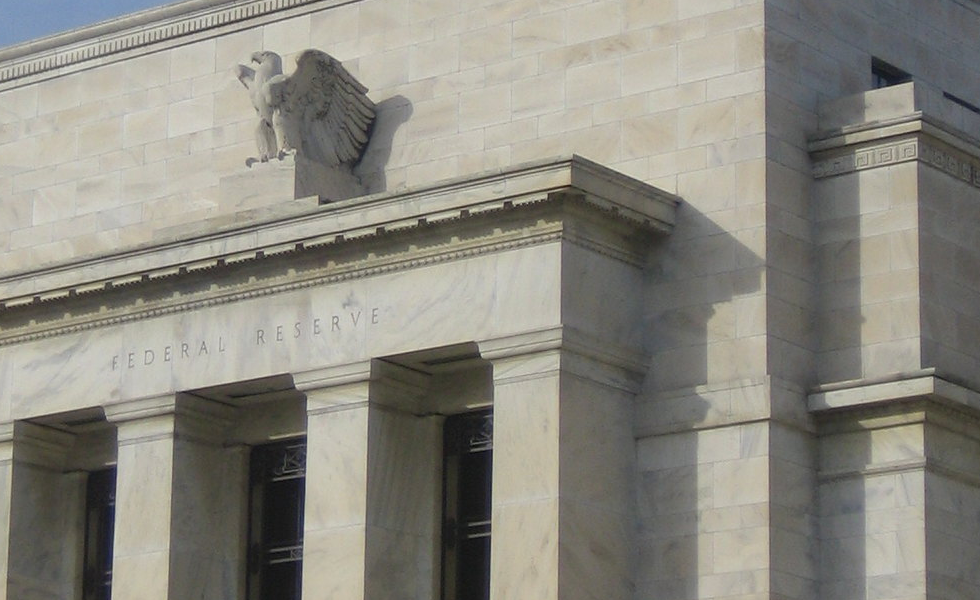Carmignac: Credibility Fed on the line
Carmignac: Credibility Fed on the line

The window of opportunity for the Federal Reserve (Fed) to cut rates this summer is narrowing as economic data continues to reveal the strength of the US economy. Thus, Jerome Powell's credibility is likely to be called into question once again this week.
Powell tried his luck last December when he signalled that monetary tightening had reached its peak, seeking to preserve the possibility of a soft landing for the US economy. And by doing so, redeeming his error of 2022, when he called inflation transitory. Undoubtedly, he believes a soft landing represents the only way to preserve the autonomy of the institution he serves or the neutrality of his position. A hard landing of the US economy would favour Trump's re-election, which in turn favours the unitary executive theory, which advocates the removal of independence of federal agencies, including the Fed.
After the 'seasonal noise' aimed at justifying the strength of the labour market at the start of the year, and a 'bump in the road' to look through the strength of inflation prints in February/March, the big question is will the Fed finally acknowledge the persistence of inflation? Even if that means the risk of a hard landing increases.
In any case, the Fed's data dependence and the fact that both Powell and Waller have indicated that inflation data should be below 0.25% on month-on-month basis by the summer before an interest rate cut is made - and we are still a long way from that - suggest that the Fed will not lower its policy rates before the elections.
With no further publication on the expected future path of interest rates or growth and inflation projections, the focus of tomorrow’s meeting will be the evolution of the Fed’s balance sheet. The rate of divestment from sovereign bonds is expected to be halved (from $60 billion to $30 billion on a monthly basis). Having shed $1.5 trillion already, the Fed is expected to reduce the pace of normalisation of its balance sheet, fearing that this will also have too much of a restrictive impact.
Implication for investors
Now that expectations about the future path of monetary policy have largely come back, 2-year maturities are once again finding a place in portfolios. At 5% on 2-year tenures (and less than five cuts expected over the coming 24 months) there is room to see bond yields fall if there is any disappointment on the growth front. While value can be found in short-term bonds, longer maturities remain vulnerable to continuing large issuances and the normalisation of the yield curve - the inversion of which is breaking records in terms of both magnitude and length.





